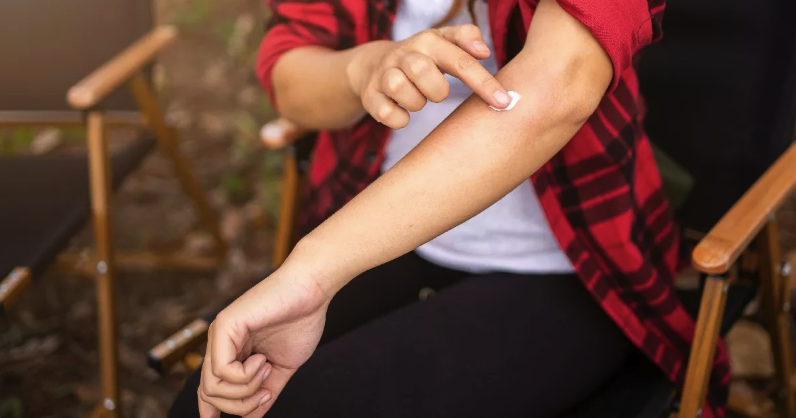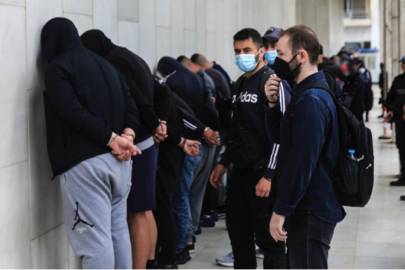The climate crisis and the expected increase in mosquito populations dictate a change in the surveillance approach for West Nile virus infection and the adaptation of measures according to the risk per region.
The Ministry of Health and the National Public Health Agency (NPHA) have developed an Action Plan for West Nile Virus infection based on a risk assessment, which until now did not exist. Based on the ranking given to each region in relation to its risk of outbreaks of infection, measures will be taken.
This is a planning that will start this year and is part of our country’s response to the health threats transmitted by mosquitoes, which are increasing as climate change progresses and temperatures in our country and in Europe in general rise.
Given the modification of the climate in our country and the possibility of severe weather events in the future, such as floods, and mild temperatures during the winter, the integrated management of mosquito vector mosquitoes throughout the country becomes even more urgent.
Their management, according to the Ministry of Health, must be based on systematic and detailed entomological surveillance, including monitoring and surveying of mosquito populations and control of the presence of the virus in them.
During the years 2010-2014 and 2017-2022, cases of West Nile virus infection were recorded in various regions of Greece during the summer and autumn months, and virus circulation has been recorded in all Regions.
This suggests that West Nile virus has established itself in our country, as in other European countries.
Therefore, the Hellenic Health Organisation estimates that the re-emergence of cases in our country and in other European and neighbouring countries is expected in the next mosquito circulation periods.
The 4 risk levels
According to the information, the Action Plan classifies all areas of the country into four tiers. At present the system being worked out by the EODC will come up with the rating for each area based on a five-year history.
It will then be updated on the basis of the epidemiological data of the year.
Level 1 refers to areas where no West Nile virus circulation has ever been recorded in the past, only animal/mosquito circulation has been recorded, or only one case of human infection has been recorded in the past but not in the previous transmission period.
Level 2a refers to areas where only one human case was recorded in the past, during the previous transmission period, or at least two human cases of infection were recorded in the past.
Level 2b is for areas where at least 40 human cases of infection have been recorded in the past or at least 15 human cases have been recorded in the past five years.
As regards level 3a, it is for areas where circulation of West Nile virus in animals or mosquitoes has been recorded in the current transmission period, while level 3b is for areas with a human case in an adjacent/adjacent area in the current transmission period and combines risk factors for imminent transmission of West Nile virus to humans.
Level 3c is for areas where at least one human case of infection has been recorded during the current transmission period, while the last level, 4, which identifies an area as high risk and affected, applies: A cluster of cases was recorded during the current transmission period, i.e. at least two human cases of the infection in an area with a radius of less than 6 km, or a spike in cases was recorded during the current transmission period, i.e. the number of human cases of the infection was higher than expected for that place and time.
US Ambassador George Tsounis: I lost 39 kilos with Greek food (videos)
The measures by level
Depending on the risk zone for each area, the measures are adapted by the state. For all four levels, a coordinating body and a local preparedness and response plan are foreseen.
For the most dangerous areas (levels 3c and 4), public information is provided more regularly than for the less dangerous levels. The same applies to mosquito management measures.
Indicatively, for level 3c, it is proposed to inform the public at least on a 15-day basis throughout the transmission period (press releases, distribution of leaflets, information through the media and social media). At level 4, it is proposed to provide information on a weekly basis.
The larvicide programme will be implemented every 14-21 days for levels 3c and 4, with mapping and management of mosquito breeding sites and regular re-inspection. Additional blood safety measures are foreseen from level 3b and also for levels 3c and 4.




































